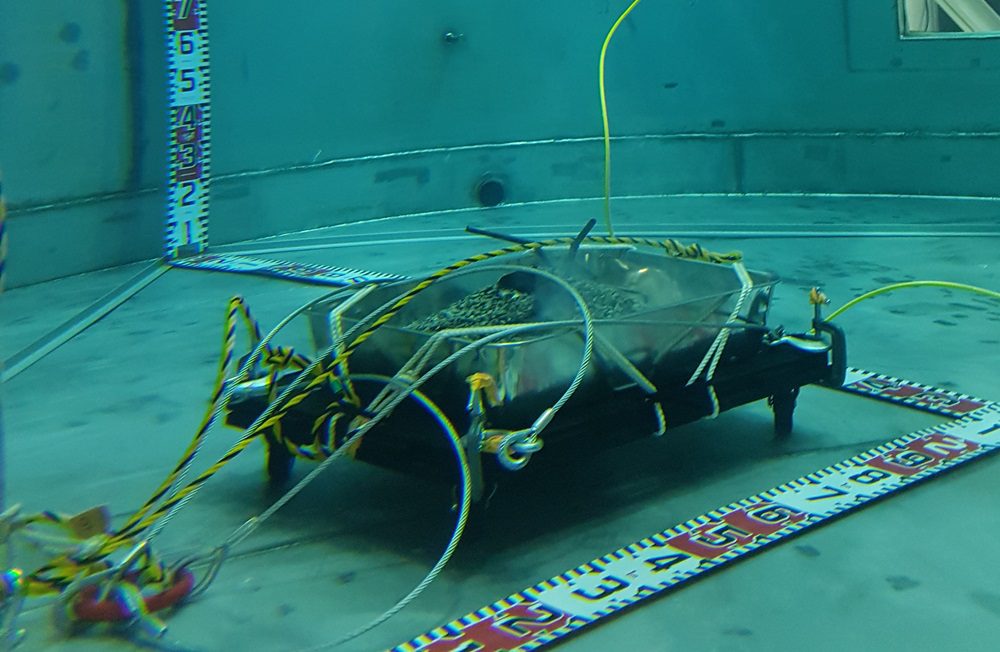Academics to support Sellafield’s AI robotics centre

A consortium of academic experts has been assembled to give technical support to Sellafield’s ongoing efforts to develop remote technologies to safely inspect and decommission the facility.
The consortium, led by Manchester University, will support Sellafield’s Centre of Excellence in Robotics & Artificial Intelligence.
Sellafield Ltd has made considerable progress with the deployment of robots to address challenges on its site. However, there are many challenges that remain, many of which cannot be solved using currently available commercial technologies.
The academic consortium will be led by Professor Barry Lennox and Dr Simon Watson at The University of Manchester, and supported by groups at The University of Bristol, led by Professor Tom Scott, and The University of Oxford, led by Professor Nick Hawes.
Lennox, professor of applied control, said: “This new centre will enable us to continue to develop robotic systems that will have a real impact on the decommissioning of the Sellafield site.
“Our involvement in this reflects the quality of research and expertise we have in this sector at the university, and we are looking forward to expanding our collaboration with Sellafield Ltd, and our other academic colleagues involved in this consortium.”
Sellafield Ltd’s engagement with the academic consortium will be led by its robotics and manufacturing lead, Dr Melissa Willis.
She said: “We are excited by the opportunities that this consortium provides us with and are confident that their technical expertise will help us to deliver the benefits that robotics technology offers us on the Sellafield site.”
The consortium has considerable experience of working with Sellafield Ltd, having all been involved in the RAIN (Robotics and Artificial Intelligence for Nuclear) hub, and more recently Manchester Unversity has provided the academic leadership for the Robotics and AI Collaboration (RAICo) in Cumbria.
Experience of the consortium includes the design, development and deployment of mobile robots in a range of air, land and aquatic environments in the UK and overseas.
Working collaboratively with Sellafield Ltd, researchers at Manchester developed AVEXIS, which can be deployed into aquatic facilities with access ports as small as 150 mm and collect visual and radiometric data.
The commercial version of AVEXIS was the first robot to be deployed into Sellafield’s Magnox Swarf Storage Silos and its use at Fukushima Daiichi has been explored.
The University of Oxford’s Robotics Institute (ORI) has developed a range of mapping and mission planning technologies that can be used by robots, such as Boston Dynamics’ Spot to autonomously monitor facilities and identify unexpected changes.
Using quadrotor and fixed wing vehicles, the University of Bristol has developed technology able to map radioactivity levels over large areas of land.
The technology has been deployed successfully in the UK and overseas, with the image showing a radiation dose map generated over the Red Forest area of the Chornobyl Exclusion Zone, Ukraine, with the orange/red areas showing regions of elevated gamma dose rates.
Image credit: Manchester University
Read next: Ashden Awards celebrate global solar and retrofit innovation
Are you a building professional? Sign up for a FREE MEMBERSHIP to upload news stories, post job vacancies, and connect with colleagues on our secure social feed.





Responses